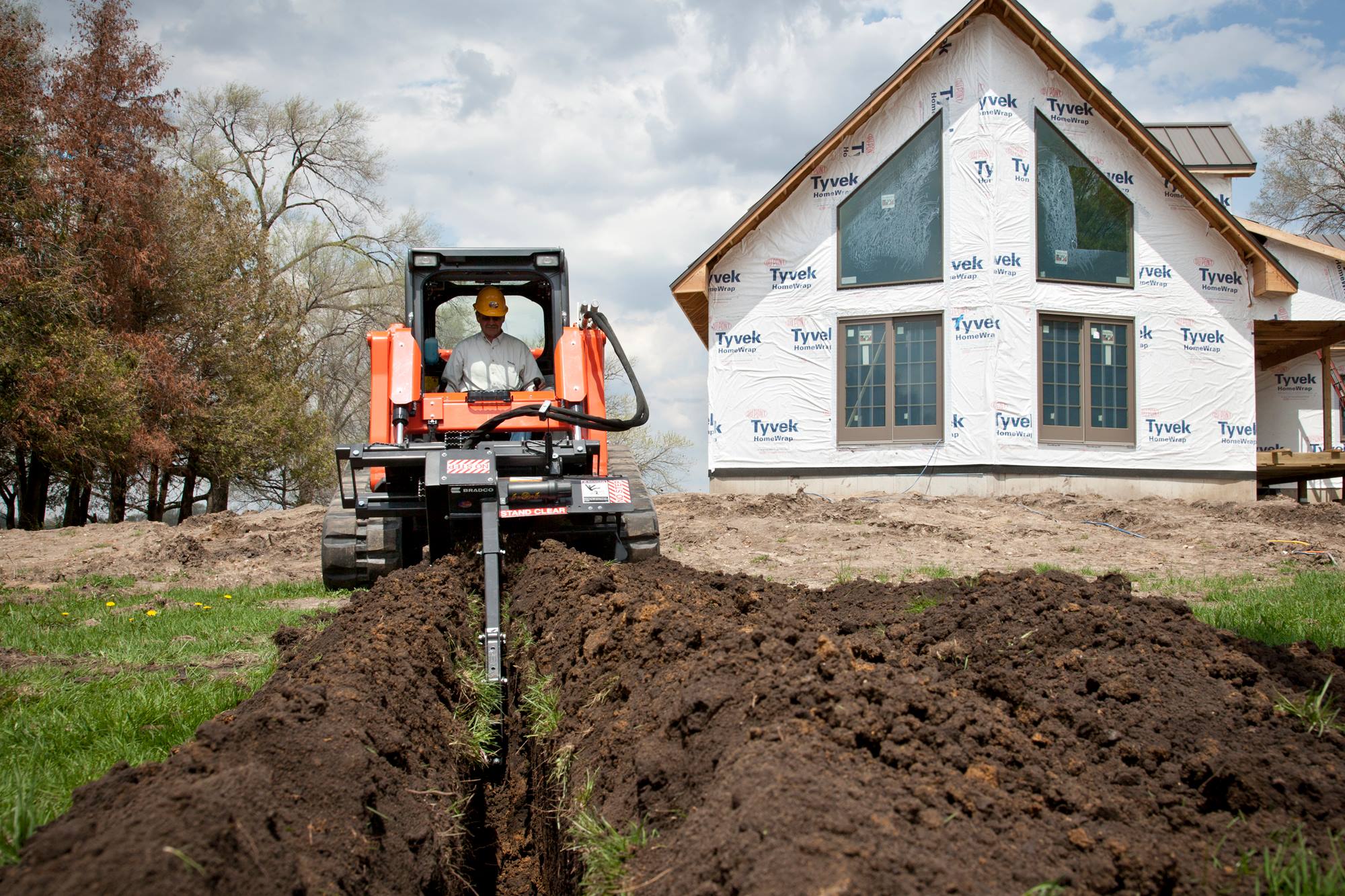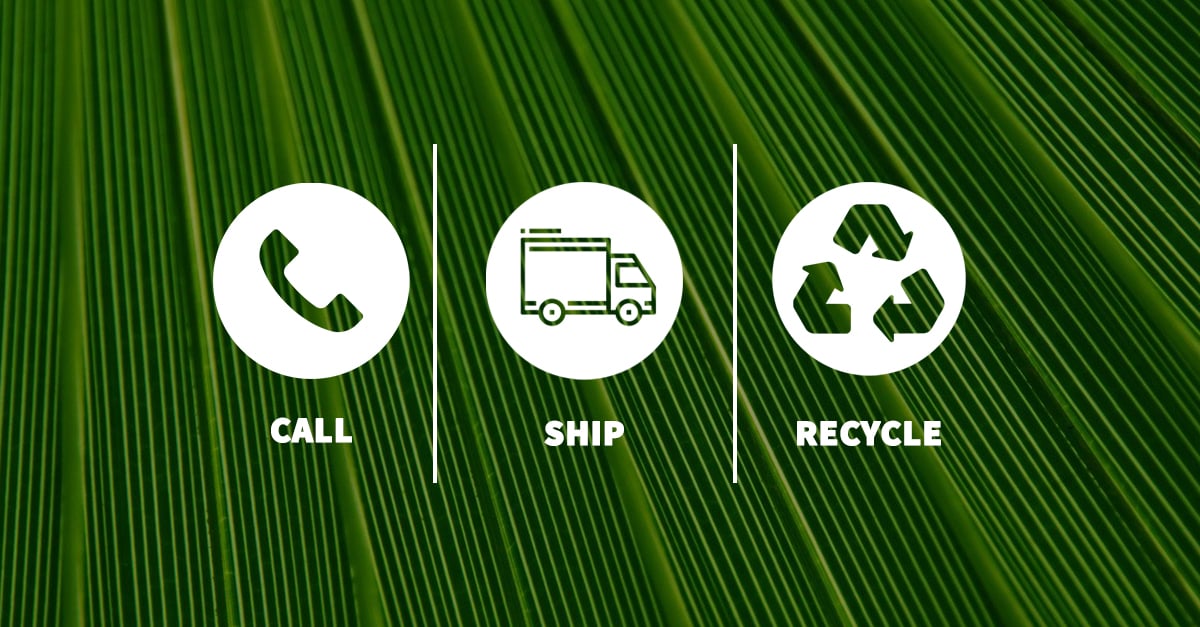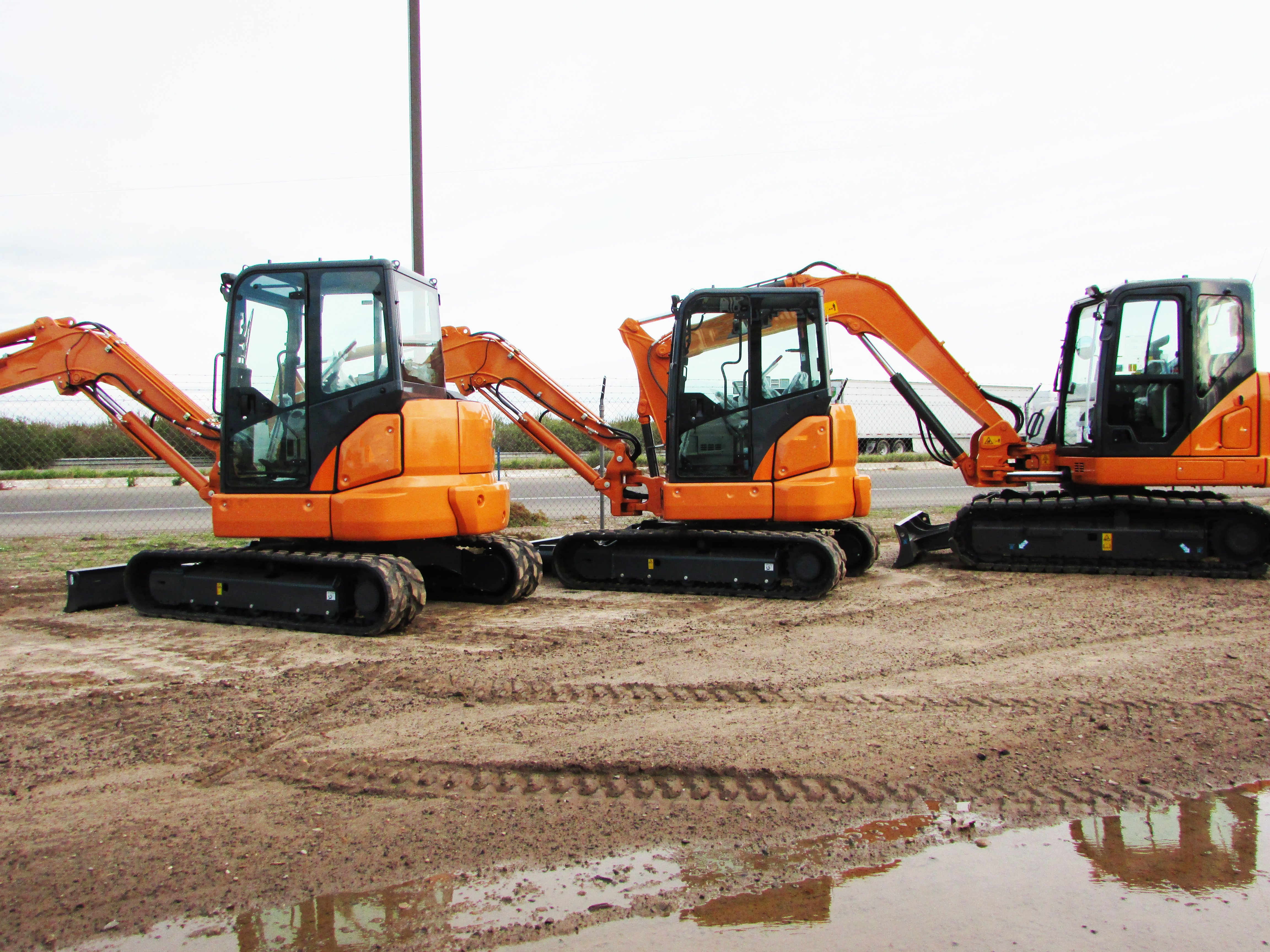How to extend the life of your machines Steel, Rubber tracks and undercarriage.
It really comes down to the way you operate your machine and the conditions you use your machines. Rubber Tracks do not hold up well when they are used in quarrying, demolition and recycling operations. Steel tracks are better suited for these types of jobs than rubber tracks.
Here are some tips:
- Proper track tension on your steel or rubber tracks ensures top performance, extends the life of the undercarriage, minimizes downtime and reduces wear on the track drive components. Tracks must not be too loose or too tight.
- Clean undercarriages frequently. Prevent packing of soil and debris in undercarriage components by cleaning out the track as frequently as possible. Packing prevents the proper engagement between the mating components such as sprocket teeth and track links. This can cause increased loads on undercarriage components and higher wear rates.
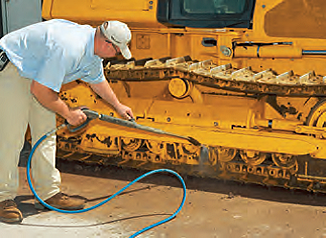
- If you’re working uphill shifts the weight of the machine to the rear. This adds more load to the rear rollers and increases sprocket teeth and links forward drive-side wear. There will be a light load on the undercarriage when reversing down the hill.
- When working downhill shifts the weight to the front of the machine. The additional load will be placed on the front roller, idler tread surface, and track links. When you reverse up the hill, the links rotates against the reverse-drive side of the sprocket tooth. This helps wear the links on your steel and rubber tracks evenly.
- Working on a slope or sidehill shifts weight to the downhill side of the machine and causes additional wear on the roller flanges, sides of the track links, and grouser ends. Balance wear between each side of the undercarriage by changing the work direction on the slope.
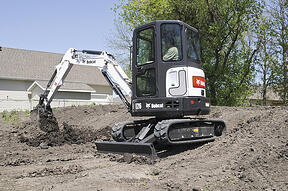
- It’s important to try and reduce slippage and spinning of your steel and rubber tracks. Slippage and spinning accelerate track shoe grouser wear or tread depth and limits productive work. Heavy contact between the sprocket teeth, track links, rollers and between idler tread surfaces accelerates wear. Constantly turning to one side will reduce the life of a rubber or steel tracks. Plan your job to even out turns if possible. Limit nonproductive, high-speed travel because high-speed operation accelerates wear on all undercarriage components. Track wear is directly proportional to speed. Speed increases stress. The distance a track machine travels determines wear. Try to limit reverse operation, reverse operation accelerate wear on the reverse-drive side of the track links and sprocket teeth. Plan your jobsite work carefully to make travel productive.

All these tips will help in reducing your operating expenses.


